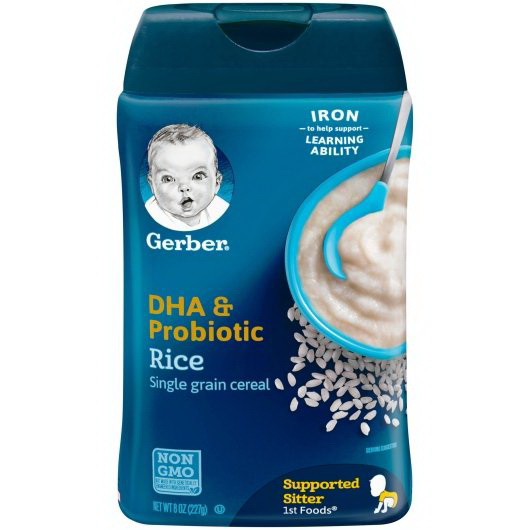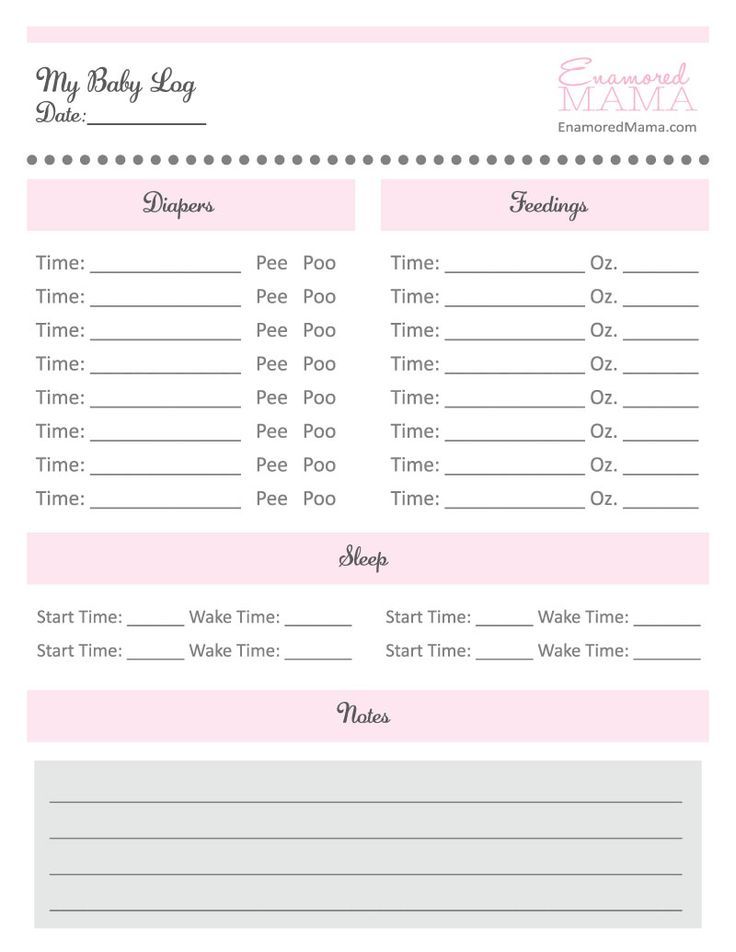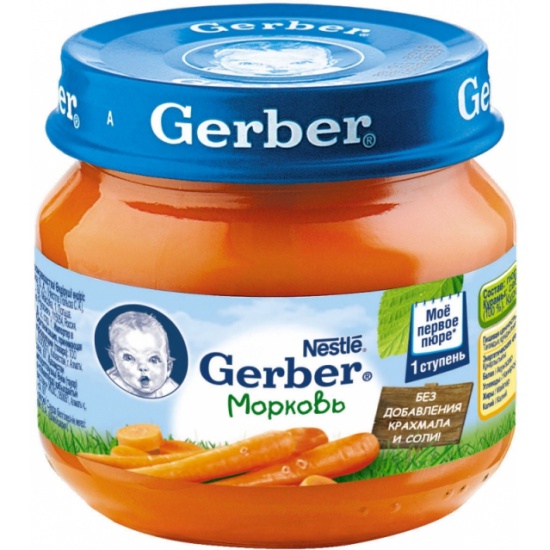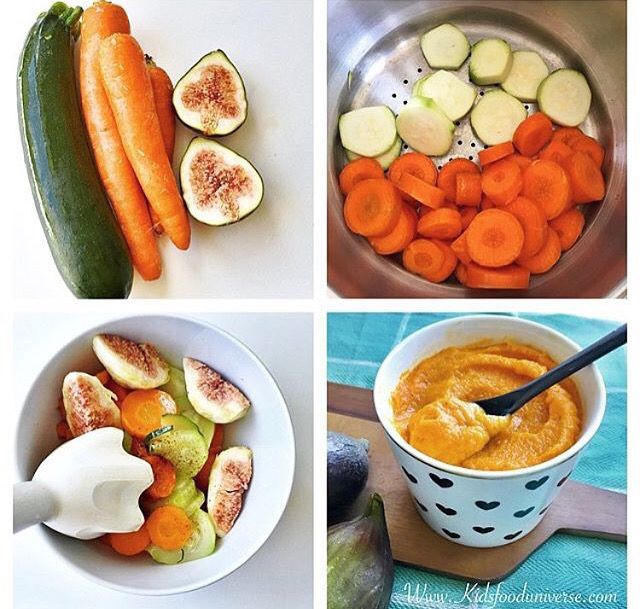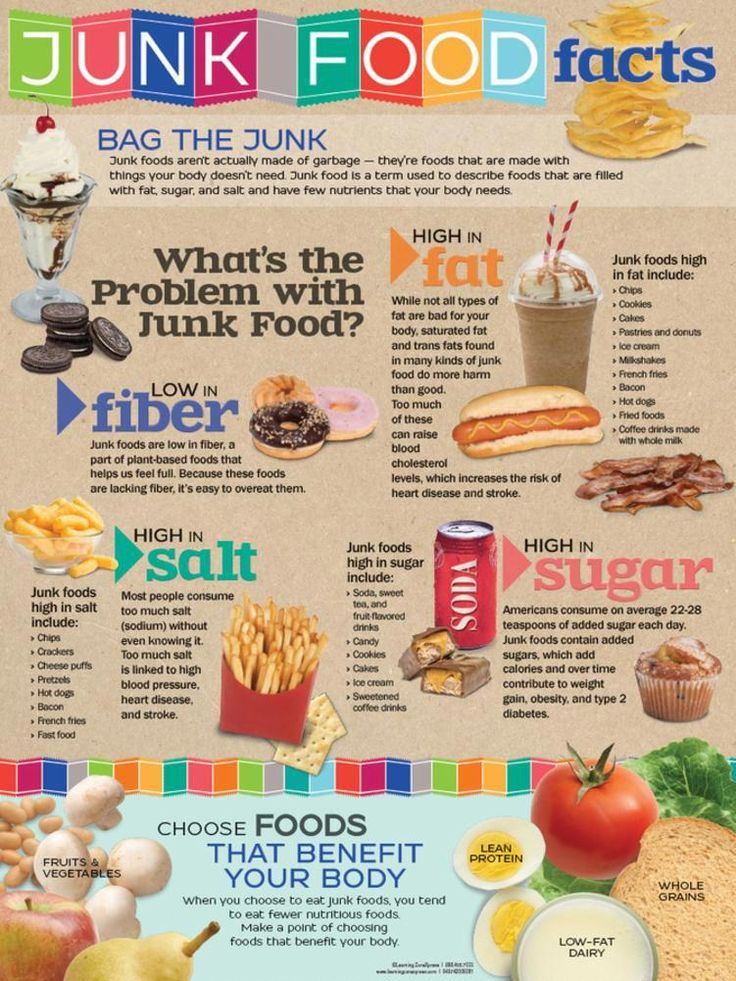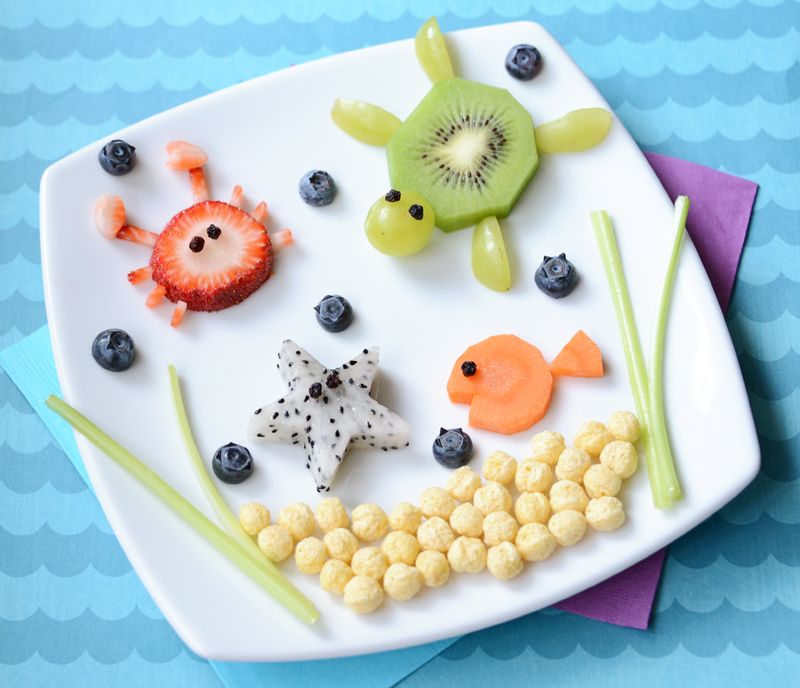Weaning baby food plan
Weaning baby meal plan and routine at six months
4420 shares
- Share
- Tweet
Weaning your baby is an exciting time as they explore brand new tastes and experience the fun of feeding themselves.
But for a new parent it may feel daunting when you have just gotten used to your daily routine with your baby to now think about adding something new.
This easygoing weaning meal plan and routine for babies at six months will show you how to get started with weaning your baby.
This weaning routine is for both baby-led and traditional weaning, and you can also adapt the meal plans to suit your method of weaning your baby.
Remember that food is for fun until they are one, and just do not pressure yourself if your baby does not seem to enjoy sold foods right away.
Scroll to the end of the post for four weeks of meal plans for your baby to get started with first foods and the weaning process!
When to wean your baby
The NHS states that weaning should happen when your baby is around six months. Before that they should be on infant formula milk or breast milk.
Your baby continues to get most of their calories and nutrients from infant milk even at six months when they begin on solid foods.
It’s important that you see the first six months of weaning as an introductory period to eating, rather than a big race to get them on three proper meals a day right at the start.
Some babies will take the full six months to get to a point where they are eating three meals, and dropping milk feeds.
By the time your baby is one they should have, hopefully, dropped down to two or three milk feeds per day and be happily eating three times per day.
You may find your baby struggles a little every now and then in the first few months of weaning, before it suddenly clicks by the time they are 10 or 11 months.
Some babies take to solid food right away and guzzle down everything they are given. Others may refuse food at meal times.
The key is to be consistent and remind yourself that this is a learning curve and they will get there in the end.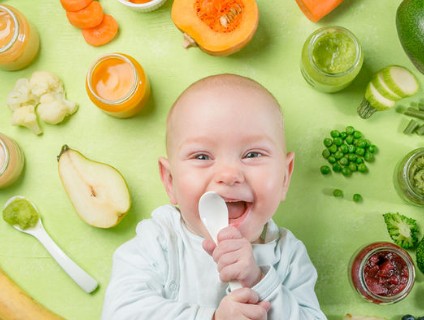
Should you choose baby-led or traditional weaning
This is really up to you and most importantly, weaning is not an all-or-nothing experience.
So first of all, what do I mean by these two options?
Baby-led weaning is where you offer your soft bits of food they can reach out and grab to feed themselves.
Traditional weaning is where you feed baby pureed food from a spoon. You may start spoon-feeding them yourself before moving on to letting them have a go.
There are lots of theories behind why baby-led weaning has advantages, but truthfully as long as your baby is being exposed to a range of taste it really does not matter what you do.
You could choose to start with traditional weaning for the first few weeks and then add in some finger foods as you and your baby get used to the process.
I went with the traditional route and would use a food processor to puree their meals.
As my babies got used to eating and the different flavours, I would gradually mash the food less and less, making the texture lumpier.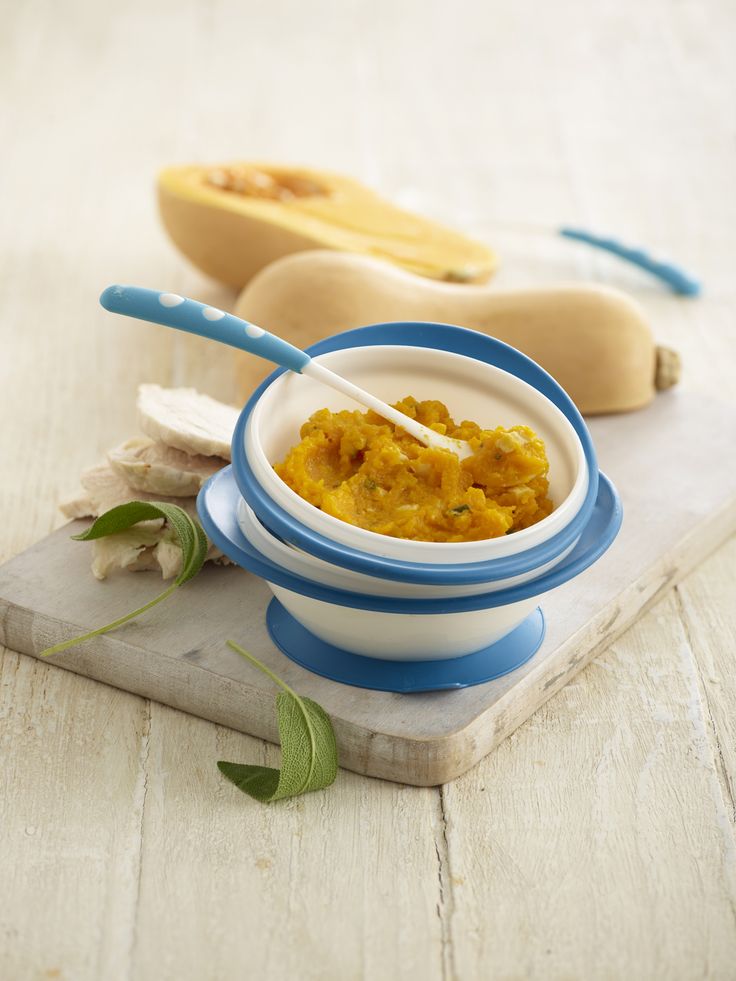 By the time they were about 10 months old they were just eating food I had cut into shreds with a knife and fork.
By the time they were about 10 months old they were just eating food I had cut into shreds with a knife and fork.
I either fed them this on a spoon or they had a go at picking it up and feeding themselves.
So you see I did a bit of a mixture of the two things and it worked out really well for us.
This post contains affiliate links.
How to prepare food for baby weaning
To start with I thoroughly recommend you get either a handheld blender, which you can get for less than £20 on Amazon, or one of these little Kenwood Mini Choppers.
A large food blender will be a pain to wash after use and you really don’t need anything big.
The other essential items for weaning include:
- Baby spoons
- Baby bowls
- Bibs (preferably ones with a lip that catches the food falling out of their mouths)
- High chair (IKEA does a super cheap one)
- Mat or shower curtain (to go under the high chair to protect your floor)
- Ice cube trays or weaning freezer trays (to store food in the freezer as batch cooking really is the way forward).
 This one from Amazon is great.
This one from Amazon is great.
Once you have all of your kit ready you can prepare your own meals for your baby easily.
Of course there are a ton of jars and pouches on the market that you can buy, but if you already cook all your own meals then you can save yourself some money by just setting a tiny amount aside for your baby.
There are some foods, such as banana and mango, that you only need to chop up and mash. Mango may need to put into a food processor to puree it as mashing it tends to be a bit hit and miss.
Others such as potato, parsnip, and squash will need cooking to soften it. Simply prepare in the usual way by peeling and chopping, then simmer in boiling water before draining and then adding to your food processor.
With foods such as pear and apple it may be better to steam them until they are tender so they don’t lose too much flavour.
When it comes to adding things such as salt, sugar and stock from cubes, try to avoid doing so with the first tastes of simple veg and fruit.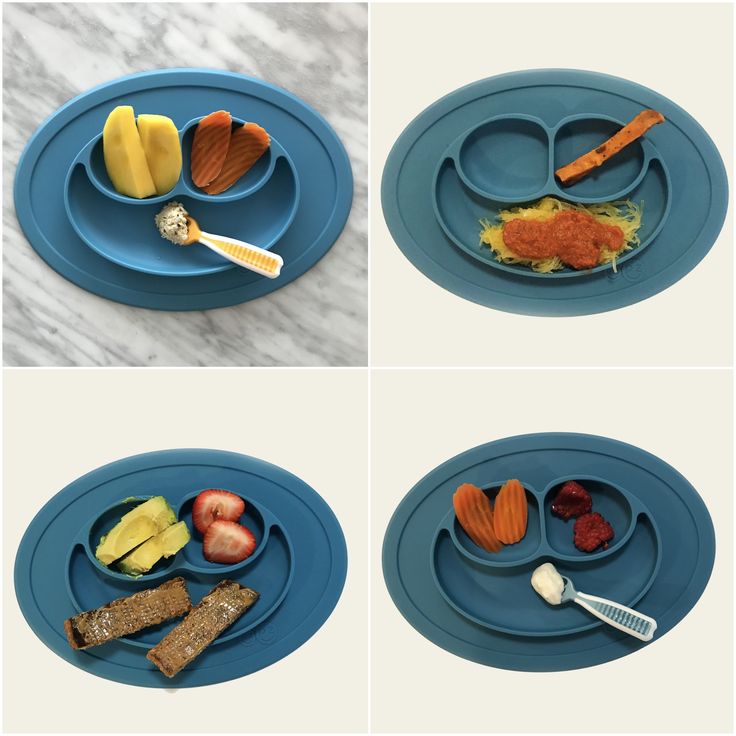 When you do move on to cooking meals such as stews and pasta dishes for your baby, I thoroughly recommend using low salt stock cubes if you do want to use those.
When you do move on to cooking meals such as stews and pasta dishes for your baby, I thoroughly recommend using low salt stock cubes if you do want to use those.
Begin with single tastes, rather than jumping straight into meals. The best first foods are:
- Potato
- Sweet potato
- Banana
- Mango
- Baby rice
- Pear
- Broccoli
- Cauliflower
- Apple
- Spinach
- Parsnip
- Butternut squash
You could set aside some of your own cooked vegetables, then blitz them into a puree and either serve fresh to your baby or freeze in the ice cube trays.
What makes a portion for your baby really depends on the size of the ice cube trays, as some of the weaning freezer trays hold quite a large portion of food.
Plan to offer your baby one to two tablespoons of food per meal in the first week, and then add a little more if they want it.
Baby weaning routine at six months
This routine is assuming you start with just one meal per day at the beginning of weaning your baby at six months.
If all goes well, you can add a breakfast of solids at 8am after two or three weeks. If it takes longer to add this meal, that’s fine. There’s no rush.
| Time | What’s baby doing |
|---|---|
| 7am | Wake-up and have a milk feed |
| 10am | Milk feed |
| 10.30am | Nap |
| 11.30am | Lunch – solids |
| 1pm | Milk feed |
| 1.30pm | Nap |
| 3.30pm | Wake-up and play |
| 4pm | Milk feed |
| 6.45pm | Bath |
| 7pm | Milk feed and bedtime routine |
| 7.30pm | Bed |
Weekly baby weaning meal plan
Scroll down to download a printable version of this meal plan!
Week 1
In the first week of weaning start small. There’s no rush of pressure to get your baby on three solid meals a day just yet!
So focus on offering small tastes of vegetables and fruit to get them used to the act of eating and the range of flavours beyond milk.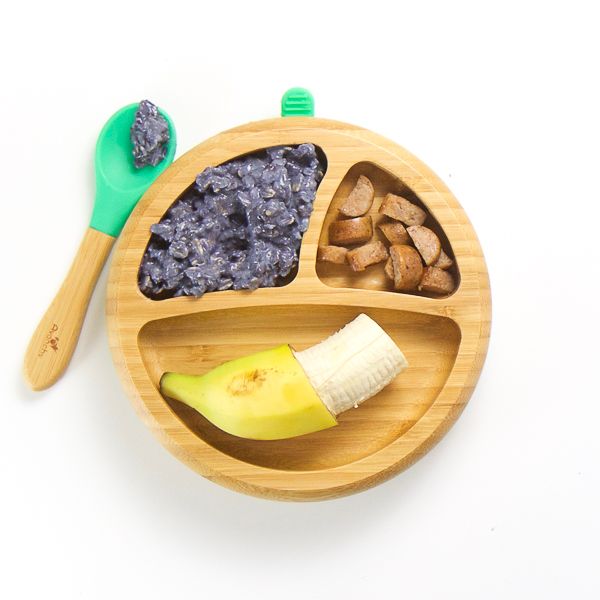
I recommend starting with just one meal a day. Lunchtime is quite a good place to start, as your baby may be more tired in the late afternoon at dinner time.
How you choose to feed your baby the things in the meal plans will depend on whether you have chosen to do baby-led or traditional weaning. Remember you can do a mixture of the two, it’s not an all-or-nothing game!
When starting off, try offering just a couple of spoonfuls to your baby. If they like it then offer them more.
If they reject the food, then don’t worry about it. Try again the next day. Your baby may not immediately take to food, so just keep offering them.
It may help to sit together as a family to eat, as it encourages your baby to eat if they also see you doing so.
MONDAY
Mashed or sliced banana
TUESDAY
Baby rice (mix with formula or breast milk)
WEDNESDAY
Mango
THURSDAY
Mashed potato (add extra milk if it is a little thick, the NHS says cows’ milk can be used in cooking from six months)
FRIDAY
Broccoli
SATURDAY
Cauliflower
SUNDAY
Parsnip
Week 2
MONDAY
Yoghurt (start with plain natural yoghurt)
TUESDAY
Carrot (if doing baby-led weaning peal and chop carrot into sticks before steaming until tender, otherwise steam and then mash or puree)
WEDNESDAY
Sweet potato (add milk to make the consistency a little thinner if needed)
THURSDAY
Pear (peel, core and slice then steam the pear. You could offer the slices for baby-led weaning or puree them for traditional)
You could offer the slices for baby-led weaning or puree them for traditional)
FRIDAY
Butternut squash
SATURDAY
Green beans
SUNDAY
Spinach
Week 3
By week three your baby should be getting used to this new routine so you can step it up a tiny notch.
Remember if your baby is rejecting most food you are offering them, do not panic! Continue to offer a little food and keep experimenting with different tastes.
In week three you could start to offer breakfast as well. The best way to incorporate this into your daily routine is to offer the solids around one hour after their morning breastfeed.
Baby rice or baby cereal is a good way to start with breakfast for your baby. You can also mix fruit puree such as apple, apricot or pear with your baby’s cereal.
MONDAY
Breakfast
Baby rice or cereal mixed with pear puree.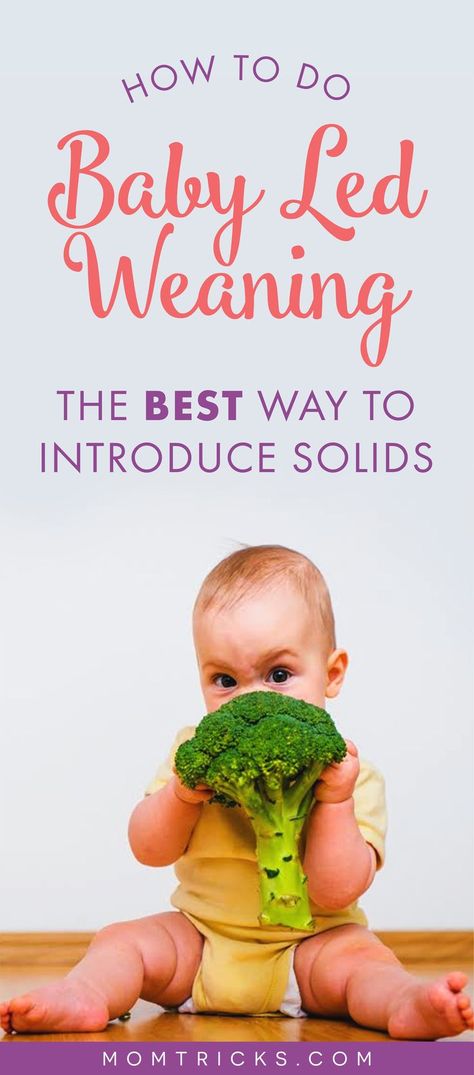
Lunch
Root vegetable medley – combine cooked potato, parsnip and carrots into a mash
TUESDAY
Breakfast
Baby rice or cereal mixed with apple puree.
Lunch
Broccoli
WEDNESDAY
Breakfast
Baby rice or cereal mixed with mango puree.
Lunch
Sweet potato
THURSDAY
Breakfast
Baby rice or cereal mixed with apple puree.
Lunch
Parsnip
FRIDAY
Breakfast
Baby rice or cereal mixed with apricot puree.
Lunch
Potato mash
SATURDAY
Breakfast
Baby rice or cereal mixed with strawberry puree.
Lunch
Cauliflower
SUNDAY
Breakfast
Baby rice or cereal.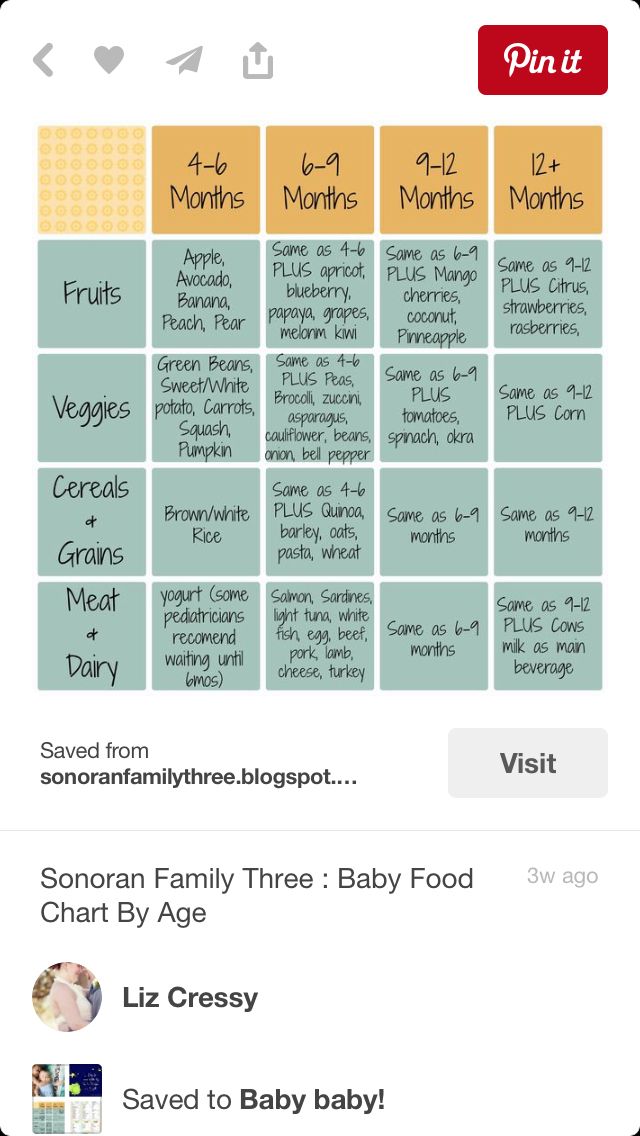
Lunch
Spinach
Week 4
Now that your baby has been trying a lot of fruit and veg, you could start to add meat and fish to their menu!
Keep it simple, avoiding any processed meats such as ham. Your baby should not be eating shellfish until they are one. Stick with chicken, beef, pork, lamb salmon, cod and other white fish to start with.
Remember to either puree or thoroughly shred meat so that your baby won’t choke on big chunks.
If you have been using the traditional method of weaning until now, you could add a few finger foods in such as soft carrot sticks, cooked florets of broccoli or cauliflower, and bread or toast cut into thin strips.
MONDAY
Breakfast
Baby rice or cereal mixed with fruit puree or just milk
Lunch
Easy one-pot chicken
TUESDAY
Breakfast
Baby rice or cereal mixed with fruit puree or just milk
Lunch
Salmon and sweet potato puree
WEDNESDAY
Breakfast
Baby rice or cereal mixed with fruit puree or just milk
Lunch
Slow cooked lamb and veg (you can make this for your own dinner as well, simply mash or puree when serving it for your baby)
THURSDAY
Breakfast
Baby rice or cereal mixed with fruit puree or just milk
Lunch
Beef casserole
FRIDAY
Breakfast
Baby rice or cereal mixed with fruit puree or just milk
Lunch
Cheesy pasta – use this cheese sauce recipe and just add to some cooked pasta before blitzing in a food processor
SATURDAY
Breakfast
Baby rice or cereal mixed with fruit puree or just milk
Lunch
Cheesy cod with sweet potato
SUNDAY
Breakfast
Baby rice or cereal mixed with fruit puree or just milk
Lunch
Scrambled eggs (add a little extra milk if you think the texture is too lumpy) with toast cut into soldiers
Baby Meal Plan: 6 to 9 Month Old
What should you know about feeding your 6- to 9-month-old?Learn about how to introduce solid foods to your baby
Know that what foods you introduce now help influence baby’s preferences in the future
Explore menus that help you understand the transition from purees to soft solids
Starting solid foods is an exciting time for you and your baby. The
The
American Academy of Pediatrics and the World Health Organization
recommend introducing solid foods around 6 months of age.1, 2 Check out our signs of readiness article and speak with your baby’s pediatrician to help determine when your little one is ready to start solids.
While starting solids, you will continue to provide most of the essential nutrition and hydration your baby needs from breast milk or formula, while also exposing your baby to a new world of diverse flavors and nutrients. In fact, this is one of the most influential periods in your baby’s taste development.3, 4 Your baby will most readily try and accept all kinds of foods at this age so it’s important to offer a variety of different flavors from meal to meal.
There are two meal plans below: One for starting solids with purees, and one for when your little one starts to advance textures. Both have snack and recipe ideas to help you get started. They also have plenty of flavor variety to help maximize your baby’s taste
development.
Read more: Learning to Love Healthy Foods
Pro tips for 6- to 9-month-old baby meal plans:Eating solids at this age is mostly about letting your baby explore new flavors and textures. Breast milk or formula will remain your baby’s primary nutrition source during their first year, so continue to give breast milk and/or formula just as you were before starting solids. Your little one will begin to reduce how much formula or breastmilk they take as they get closer to 1 year.5, 6, 7
For breastfed babies, introduction of solids at 6 months helps your little one get enough of certain nutrients. For example, at 6 months stored iron begins to diminish. Since breast milk is not a good source of iron, including some iron-rich foods, such as fortified cereals and pureed meats, will help your little one get enough.8 For more information, chat with baby’s health care provider for their recommendations.
For more information on the nutrient needs of your older baby, check out: Nutrients to Look for at 6-12 Months
How much should I feed my baby?
At around 6 months old, you can start by offering 1 to 2 tablespoons of food once or twice per day.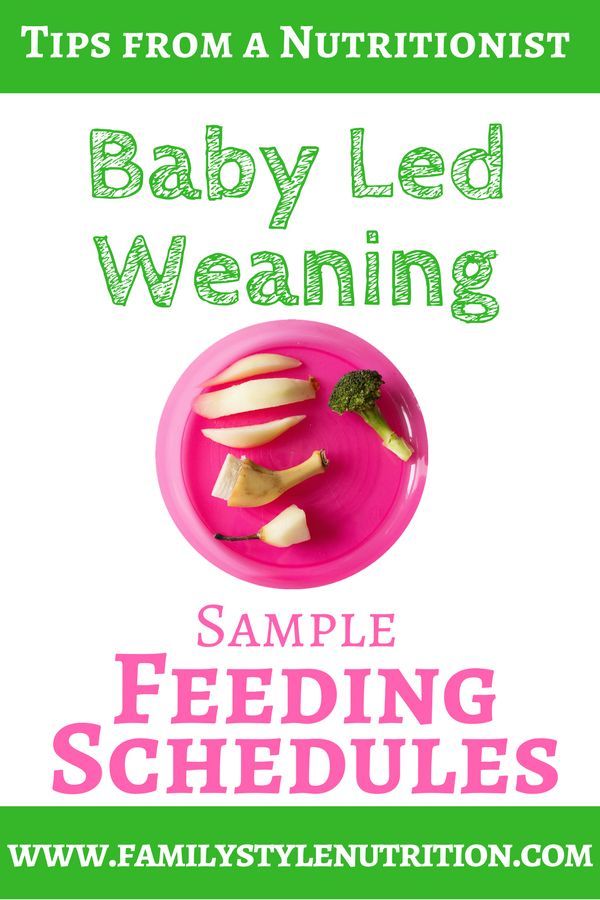 Once your little one gets the hang of eating and shows more interest, slowly begin offering foods 2 to 3 times per day and ¼ to ½ cup at a time.9, 10
Once your little one gets the hang of eating and shows more interest, slowly begin offering foods 2 to 3 times per day and ¼ to ½ cup at a time.9, 10
Remember to listen to your baby’s hunger and fullness cues throughout their feeding journey, rather than go by specific portions. Your little may take more or less each day; by responding to their feeding cues you’ll be providing them with just what they need.11
It’s important to advance texture once your baby is comfortable. Start with thin, pureed foods, thickening them a bit as baby gets used to eating. Next, move to lumpy, mashed foods; followed by finely chopped, soft foods.12
Read more: Introducing Solids: First Foods & Textures
Introduce one single-ingredient new food at a time.
Allow for 2 to 3 days before introducing another new food to make sure your baby is not allergic or intolerant to these foods. Foods most often associated with allergies are eggs, soy, peanuts, tree nuts and seeds, wheat, fish, shellfish, and cow’s milk (drinking cow’s milk is not recommended before 12 months, but milk can be used in small amounts in baked or cooked foods, and baby can also eat yogurt and cheese as long as there is no allergy or intolerance). 13
13
Read more: Introducing Major Food Allergens
By 9 months of age, your baby should be eating foods from all food groups and be able to handle small, soft pieces of finger foods. Pay attention to your baby’s cues, have fun, and let your baby set the pace while offering your baby healthy foods that contain important nutrients to set the standard for healthy eating patterns.
Baby doesn’t like a food? Try, try again!
Your baby may grimace, wrinkle their nose, or make other faces when they try new foods and textures. Know that this is completely normal and doesn’t mean your little one dislikes the food or is being picky. Babies may need to taste a food up to 10 or more times before they start to accept it, so just keep offering (though not forcing) that food.14
Remember, starting solids is mostly about introducing a variety of flavors and textures – and keeping it fun and stress-free!
If you have questions about introducing solids or advancing textures, reach out to our team of registered dietitians for free! They are here to help on our free live chat from Monday through Friday, from 8am–6pm ET, and Saturday and Sunday, from 8am–2pm ET. Chat now!
Chat now!
Around 6-month old meal plan: First foods and purees
Breakfast:
Option 1: Whole Ancient Grain Baby Cereal
Option 2: Mashed avocado
Option 3: Avocado and Pea Puree
Option 4: Apple and acorn squash mash (pureed apples and squash mixed)
Option 5: Pureed peaches or soft cooked pears
Lunch:
Option 1: Root Vegetable Puree
Option 2: Unsweetened whole milk yogurt
Option 3: Avocado and Pea Puree
Option 4: Pureed apples
Option 5: Quinoa cereal
Dinner:
Option 1: Mashed “Banacado” (banana and avocado mashed together)
Option 2: Baby Muesli with Peach Yogurt
Option 3: Tropical medley (mashed papaya and mango)
Option 4: Garden veggie and fruit combo (mix mashed/pureed apples, spinach and peas)
Option 5: Beet and Cantaloupe Puree
Breakfast:
Option 1: Unsweetened yogurt with mashed peaches
Option 2: Oatmeal cereal
Option 3: Whole grain waffle strips
Option 4: Orange Sunny Soup
Option 5: Soft scrambled egg
Lunch:
Option 1: Soft cooked whole grain pasta with olive oil and parmesan cheese
Option 2: Slivers of turkey with peas
Option 3: Unsweetened applesauce and shredded or cubed cheese
Option 4: Chickpea and Carrot Spread
Option 5: Cottage Cheese with Cinnamon and Diced Strawberries
Dinner:
Option 1: Soft cooked slivers of chicken, with steamed carrots
Option 2: Ginger Carrot & Sweet Potato Mash + Lean Beef
Option 3: Small chunks of low mercury fish, like cod
Option 4: Soft steamed chunks of broccoli or green beans
Option 5: Lumpy, mashed kidney or black beans
Let's Chat!
We know parenting often means sleepless nights, stressful days, and countless questions and confusion, and we want to support you in your feeding journey and beyond.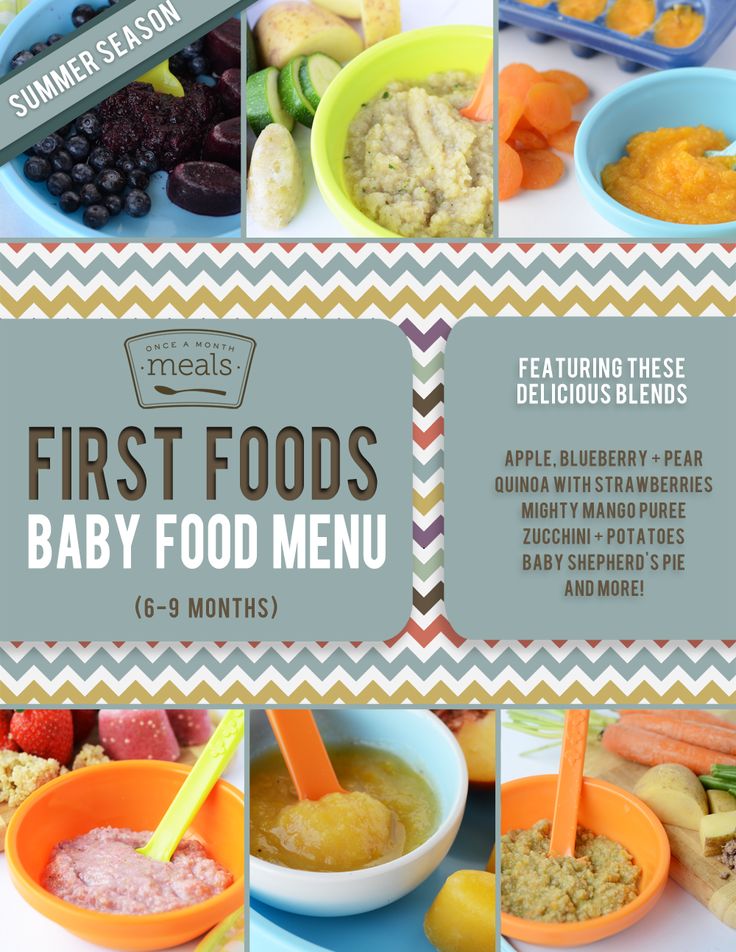 Our Happy Baby Experts are a team of lactation consultants and registered dietitians certified in infant and maternal nutrition – and they’re all moms, too, which means they’ve been there and seen that. They’re here to help on our free, live chat platform Monday - Friday 8am-8pm (EST), and Saturday - Sunday 8am-4pm (EST). Chat Now!
Our Happy Baby Experts are a team of lactation consultants and registered dietitians certified in infant and maternal nutrition – and they’re all moms, too, which means they’ve been there and seen that. They’re here to help on our free, live chat platform Monday - Friday 8am-8pm (EST), and Saturday - Sunday 8am-4pm (EST). Chat Now!
Read more about the experts that help write our content!
For more on this topic, check out the following articles and recipes:
Introducing solids: first foods and advancing textures
Introducing solids: signs of readiness
How to maximize taste development from first foods through toddlerhood
Introducing solids: Different approaches and strategies
Introducing solids: Baby led weaning
Introducing major food allergens
Our meal plans offer recipe and meal suggestions for your child. They are not designed to replace your doctor’s recommendations, nor do they take into account special nutritional needs, including allergies and intolerances.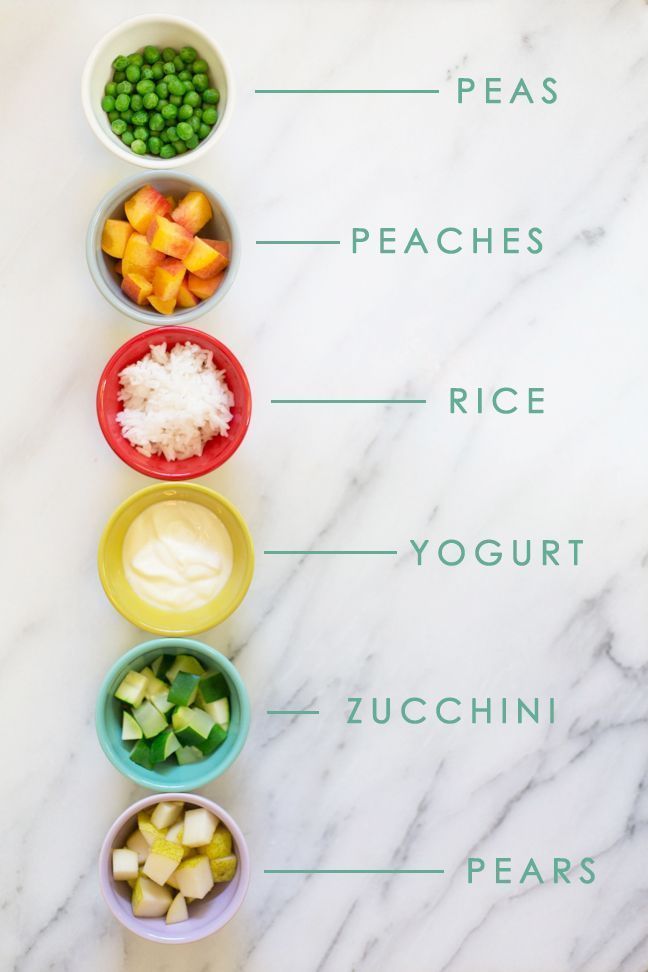 The meal plans suggest serving sizes that may or may not be appropriate for your child. Please consult your doctor to determine what is best for your child.
The meal plans suggest serving sizes that may or may not be appropriate for your child. Please consult your doctor to determine what is best for your child.
WHO recommendations for the introduction of complementary foods
08.08.2019
Readiness of the child to complementary foods According to the WHO recommendation, existing for 2018, it is optimal to introduce complementary foods to an infant at 6-8 months. Until six months, the baby's gastrointestinal tract is still not sufficiently formed, all the necessary enzymes are not produced for the assimilation of food other than mother's milk or formula. And by 9-10 months, the child can already form stable stereotypes of eating only liquid food, and overcoming them will be painful and difficult for the baby.
Thus, WHO defines the following signs of a child's readiness for the introduction of complementary foods: the maturity of the digestive system; extinction of the solid food ejection reflex; the appearance of the first teeth, making it possible to chew; the readiness of the baby to be stable in an upright position; emotional readiness for new tastes and sensations.
Complementary feeding system WHO has developed recommendations for three complementary feeding options: cereals, vegetables, and meat.
Fruit complementary foods are not recommended for cereals and vegetables. This is due to the fact that up to 8-9 months the gastrointestinal tract of the baby is not ready for the absorption of raw fruits and fruit juices. It is vegetables and cereals that will populate the intestines with the necessary bacteria for the absorption of fruits.
Kefir, according to the WHO, is not considered complementary foods because it is not a solid food. The WHO complementary feeding scheme includes kefir only as an additional food from 8 months. The introduction of cow's milk is recommended by WHO only from 12 months.
Any complementary feeding scheme assumes that portions of complementary foods will systematically increase from half a teaspoon to 100-200 g. The first dishes for complementary foods are prepared exclusively with one-component. Each next component is introduced only after complete addiction to the previous one (6-7 days).
Each next component is introduced only after complete addiction to the previous one (6-7 days).
Product sequence
The following sequence of introduction of complementary foods is proposed.
- Vegetables at 6 months.
- Porridges on the water (oatmeal, buckwheat, corn) at 6.5 - 7 months.
- Fruit puree, yolk at 8 months.
- Milk porridge at 8-9 months.
- Meat puree at 9 months.
- Meat by-products at 9-10 months.
- Kefir, cottage cheese, yogurt at 9-10 months.
- Fish at 10 months.
- Juice at 10-12 months.
- Berry puree at 12 months.
- Meat broths at 12 months.
The introduction of vegetable oil (olive, sunflower) in puree and porridge is allowed from 6 months: a scheme with 1 drop with a gradual increase to a volume of 1 teaspoon. The introduction of butter begins at 7 months: the scheme is from 1 g to 10 g in porridge.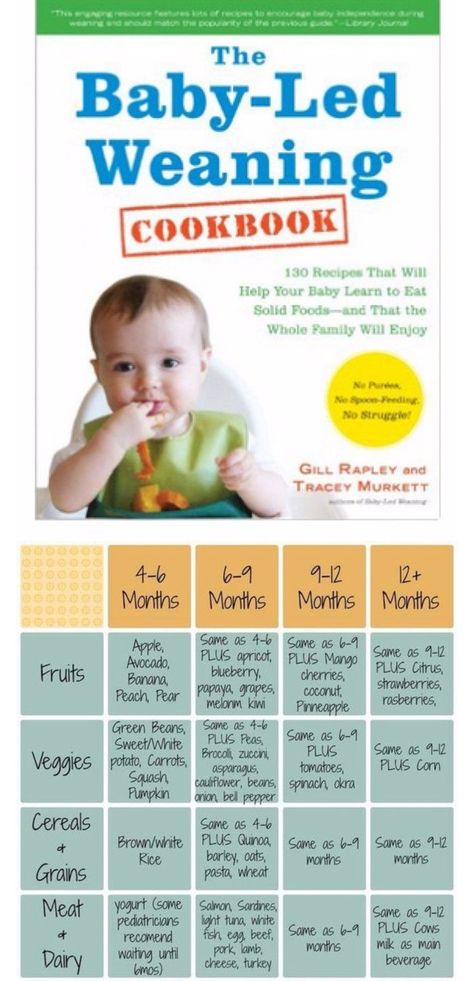
For formula-fed babies, the first feeding schedule is similar, with a few exceptions. For these babies, it is better to introduce complementary foods from 5 months, because the milk mixture does not give the small body all the “building material”. The introduction of complementary foods differs only in terms: vegetable purees and cereals are introduced a month earlier.
First cereals
If the child's weight is significantly less than normal, WHO recommends starting complementary foods with non-dairy cereals. For babies, cereals are prepared only with non-dairy, unsalted, semi-liquid, absolutely homogeneous in consistency. The first cereals are prepared from cereal flour (the sorted and washed cereals are carefully ground and crushed).
The following sequence of introduction of cereals is proposed: buckwheat, rice, corn, oatmeal, semolina. It is recommended to cook semolina porridge only once a week, because it contains practically no nutrients, but it is rich in gluten, which can cause problems in the intestines.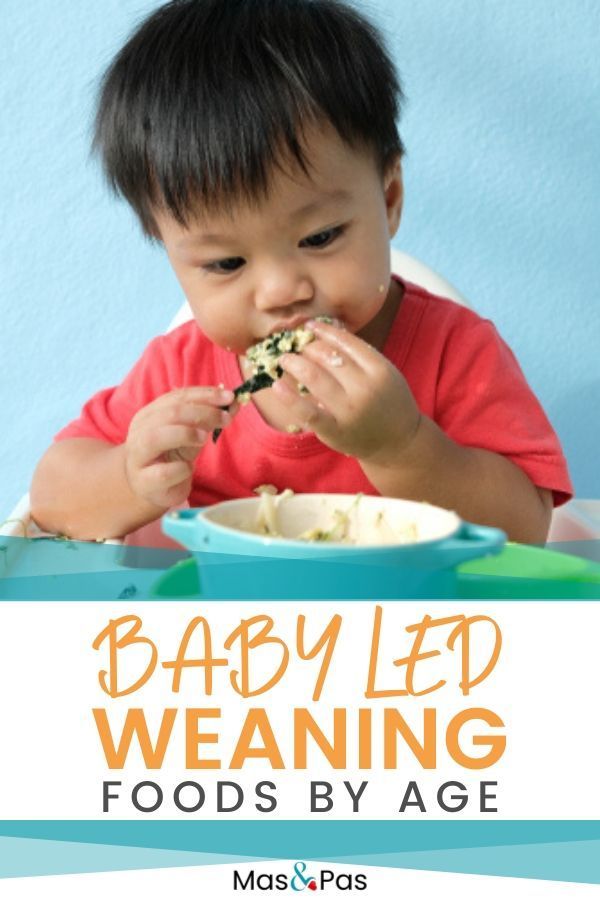 Proportion for the preparation of the first porridge: 5 g of cereal flour per 100 ml of water. After slightly cooling the finished porridge, chop again. In the finished porridge, you can add 1-2 drops of vegetable oil or a little expressed breast milk.
Proportion for the preparation of the first porridge: 5 g of cereal flour per 100 ml of water. After slightly cooling the finished porridge, chop again. In the finished porridge, you can add 1-2 drops of vegetable oil or a little expressed breast milk.
From 9 months, the baby's nutrition system involves multicomponent cereals, from products already well known to the child. You can already add vegetables and fruits familiar to the baby to cereals. At 9 months, it is allowed to cook barley and millet porridge for babies. And by 10-11 months, cereals on the water will be a great addition to meat and fish meatballs and steam cutlets.
Vegetable food
The first purees are made from one vegetable.
The sequence of introducing vegetables into complementary foods for babies suggests the following order: zucchini, cauliflower, pumpkin, potatoes, carrots, green peas, beets. These vegetables are introduced within 6-9baby months. After 1 year, you can give your child cucumbers, eggplants, tomatoes, sweet peppers, white cabbage. After preparing the puree, make sure that the mass is completely homogeneous, there are no fibers and small particles, the consistency is semi-liquid. Don't salt. Add 1-2 drops of vegetable oil or expressed milk.
After preparing the puree, make sure that the mass is completely homogeneous, there are no fibers and small particles, the consistency is semi-liquid. Don't salt. Add 1-2 drops of vegetable oil or expressed milk.
If the child refuses vegetable complementary foods, cancel this product for 1-2 weeks. Try to temporarily replace it with another and return to it after a while.
Meat supplements
From 9 months old, the first meat purees are recommended for babies. The first courses are recommended to be prepared from lean meats: rabbit; quail; turkey; chicken.
Complementary foods for a 6-month-old baby are recommended to be introduced in the morning. This will allow you to track the child's reaction to an unfamiliar product before a night's sleep: is there a rash, intestinal disorders, anxiety in the baby, profuse regurgitation. It is better to give vegetables or porridge first, and then saturate with breast milk or formula. Gradually, porridge and a vegetable dish will replace one full meal.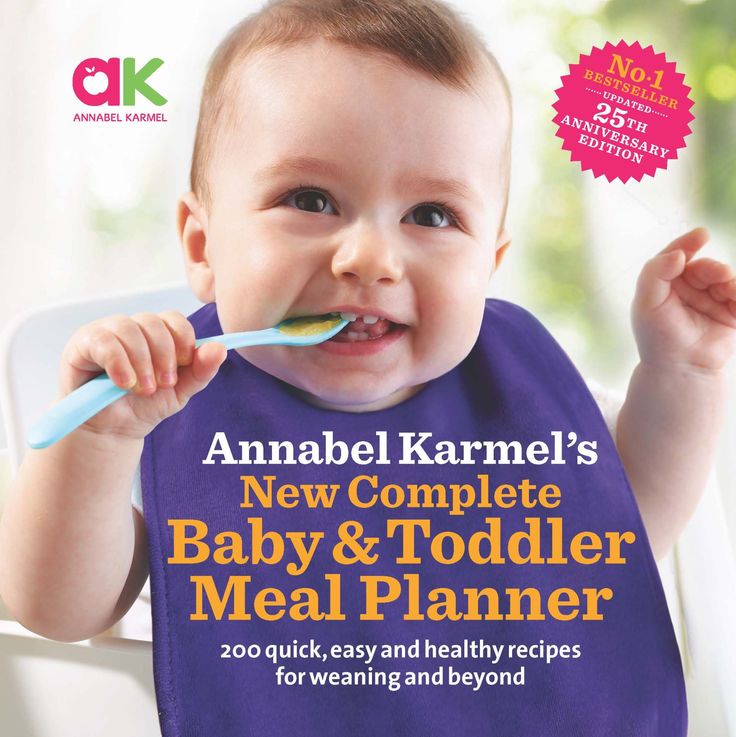 The dish must be warm and freshly cooked. Gradually, by the age of 1, your baby will develop taste preferences. You will know what dishes he eats with pleasure. In the meantime, try to fully expand the child's diet with products necessary for growth and development.
The dish must be warm and freshly cooked. Gradually, by the age of 1, your baby will develop taste preferences. You will know what dishes he eats with pleasure. In the meantime, try to fully expand the child's diet with products necessary for growth and development.
Be healthy!!!
Scheme for the introduction of complementary foods according to the new rules: what has changed - Parents.ru
About nutrition
When the baby is five or six months old, it's time to introduce him to "adult" food. And then the difficulties begin: the pediatrician says one thing, the grandmothers say another (they also say, they say, they raised you, and everything is in order).
Until now, Russia has followed the recommendations of the World Health Organization. And last year, a document was adopted that regulates in detail all issues related to the introduction of complementary foods - this is a new version of the "National Program for Optimizing Feeding Children in the First Year of Life in the Russian Federation. " She has made major changes to the scheme we are accustomed to.
" She has made major changes to the scheme we are accustomed to.
Four major innovations
- Starting complementary foods, regardless of the type of food, is recommended from 5 months, and if there are problems with weight, even earlier.
- The introduction of meat is recommended at 6 months.
- Fruit puree is recommended for constipation at any time. In the absence of constipation, fruit puree is introduced after meat.
- Portion size of mashed potatoes and cereals for a child of 5-7 months - 150 gr.
In addition, there are a few more important details - we will analyze them.
At what age to start complementary foods
Over the past decades, the rules for introducing complementary foods have changed dramatically. It is not necessary to give a baby apple juice at three months, and borscht at six months. Offering a chicken bone to scratch her gums is also not worth it.
Recall that, according to the WHO recommendation, complementary feeding of breastfed children should be started at six months. Until this moment, it is not necessary to supplement the child even with ordinary water. With artificial feeding, complementary foods are usually started a month earlier. According to an individual schedule, regular food will be introduced to babies who do not grow well on their mother's milk, do not gain weight, or they have some kind of allergy.
Until this moment, it is not necessary to supplement the child even with ordinary water. With artificial feeding, complementary foods are usually started a month earlier. According to an individual schedule, regular food will be introduced to babies who do not grow well on their mother's milk, do not gain weight, or they have some kind of allergy.
At the same time, Russian scientists, relying on the opinion of ESPGHAN (European Society of Pediatric Gastroenterology, Hepatology and Nutrition), believe that exclusive breastfeeding does not always provide a sufficient level of micronutrients, especially iron, in the baby's body.
Therefore, in their opinion, the first complementary foods should be started at five months, and already at six months meat should be added to the diet as a source of this very iron.
There are additional recommendations. For example, the UK National Health Service highlights four things that indicate that a baby is ready for food other than formula and breast milk.
- He is already sitting and holding his head well.
- He can swallow food - the spoon ejection reflex has faded.
- His movements are coordinated: he can take a spoon and put it in his mouth.
- First teeth erupted.
What foods to introduce complementary foods with
The classical scheme, relatively speaking, consists of three steps: vegetables-porridge-meat.
As a rule, the first vegetables of the child are white and green vegetables: zucchini, cauliflower, broccoli. Porridge is preferably buckwheat, corn or rice. Of course, on the water. Meat - turkey, beef, rabbit. The first baby fruits will be banana, apple, peach and pear.
Please note that if the child is not gaining weight well, then most likely the pediatrician will swap the first two steps, and complementary foods will start with cereals. He will tell you when it is really better to give the child meat. Any general rules can only be adjusted by a doctor who has been observing him since birth.
Cook your own or buy store-bought jars, it's up to you. Each of the options has its pros and cons. We only note that both the WHO and our doctors prefer industrial products.
“Modern industrial complementary foods are enriched with biologically active components, such as vitamins, minerals, pre- and probiotics, LCPUFA (omega 3), etc., which gives them functional properties,” the National Program says.
At 7 months, the new rules allow the addition of yolk, at 8 - fish puree, as well as cottage cheese and sour-milk drinks.
The attitude towards whole cow's milk has not changed - it is still not allowed to be used for baby food. And now, domestic experts have expressed an opinion about complementary foods with vegetarianism. In their opinion, "children on a vegan diet are at high risk for developing deficient conditions and require increased attention." And if parents are not going to give up their beliefs, then children need to be additionally given the necessary vitamins and minerals, especially B12.
9 complementary feeding rules
- One week, one new product. This is important for the adaptation of the body and in order to track signs of allergies if they appear. If you see that everything is in order, then after about a month and a half, new products can be introduced every three days.
- The first sample is literally three grams. It's less than half a teaspoon. And, of course, breastfeed or formula feed.
- It is desirable that complementary foods be in the afternoon feeding.
- The first real food should be liquid. Vegetable puree can first be slightly diluted with water or breast milk. 7-8 months is the time to introduce the baby to partially solid foods, and from 8-9 you can offer to chew small soft pieces, such as boiled carrots or potatoes. Ideally, by the age of one, the child can already safely eat solid food from the common table.
- Every day we slightly increase the portion. When we bring it to the desired volume (150 grams), we no longer give the breast or mixture in this feeding. At this point, you can add half a teaspoon of vegetable oil to the puree.
At this point, you can add half a teaspoon of vegetable oil to the puree.
- When introducing new products, we always offer them first. Then we feed the already familiar ones.
- With the introduction of complementary foods, you can start offering water to your baby. And even immediately from the cup, bypassing the stage of the drinker. Juices during this period, doctors do not recommend categorically. Firstly, they have little nutritional value, and secondly, if you drink juice between meals, this increases the risk of developing caries. They can also cause weight gain if consumed in excess.
- If the child refuses complementary foods on principle, do not insist. This is common, sometimes it takes 10-15 attempts to "accept" a new product. Offer the product again after a couple of days.
- Do not introduce new foods when the baby is ill or recovering, during an allergy period, in preparation for or after vaccination. And how to improve digestion in case of dysbacteriosis, read the link.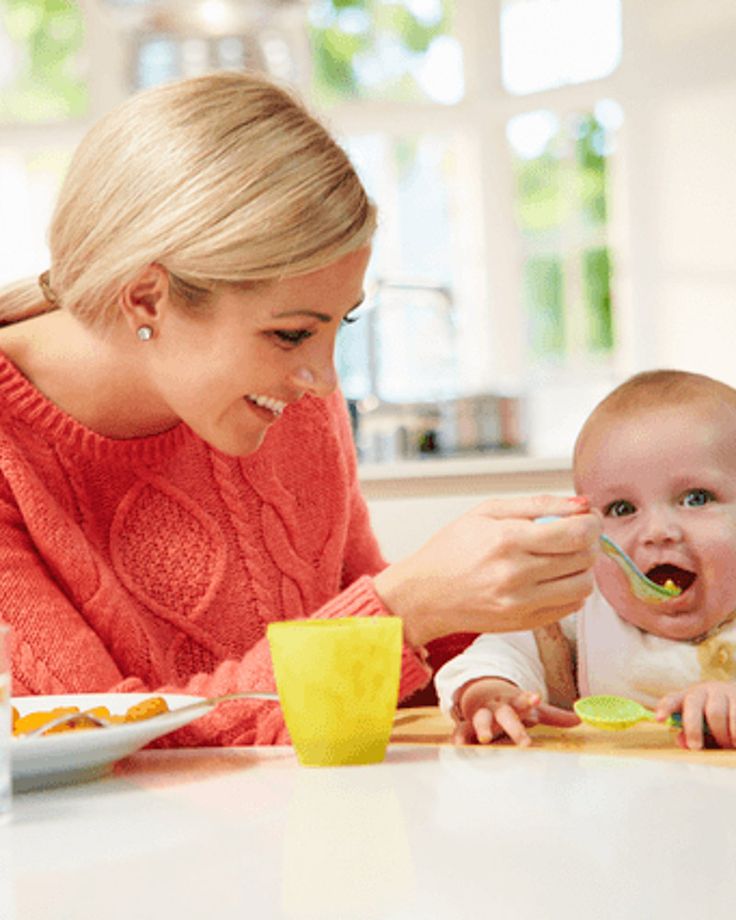
In what order to introduce foods into the diet
(for a breastfed child without any allergic manifestations)
4-5 months (vegetables for lunch, porridge for breakfast)
1 week - zucchini
2 weeks - cauliflower
3 weeks - broccoli
4 weeks - a mixture of three already familiar vegetables + vegetable oil + teaspoon of butter
8 weeks - pumpkin, fruit puree - apple, pear, prunes
6 months (new product can be introduced every three days)
Meat - rabbit, turkey, veal in the form of puree
Baby biscuits
This was the base. Now the baby has a full breakfast and lunch, and you can introduce other foods in approximately that order, gradually replacing evening feeding with dinner.
7 months
egg yolk
8-9 months
cottage cheese, kefir, potatoes, carrots, beets, white bread, fish puree (2 times a week instead of meat), juice 9017 100003
berry puree
Another approach
In the UK, by the way, there is a completely different attitude towards the first complementary foods.

